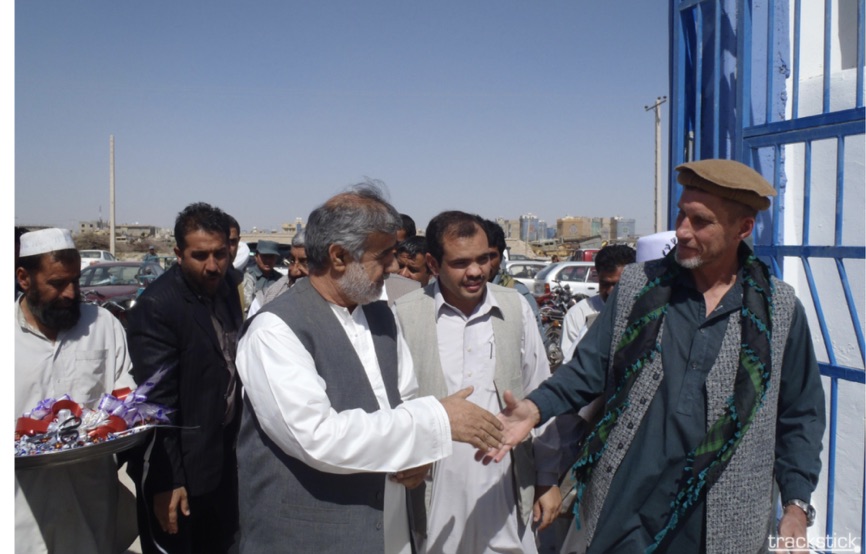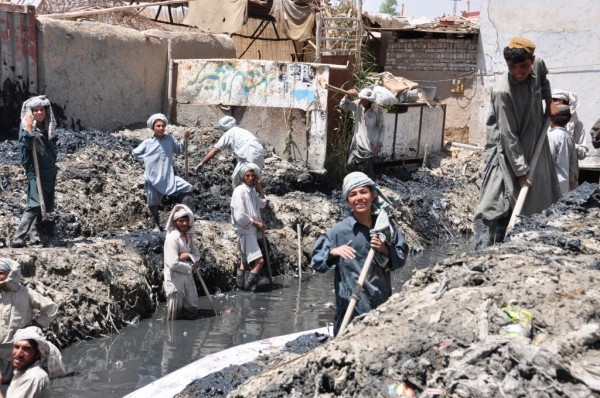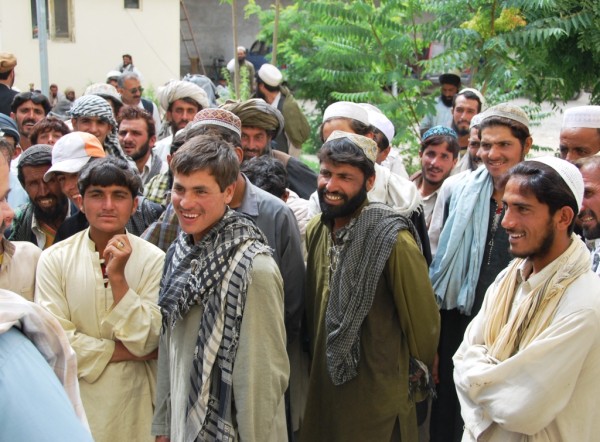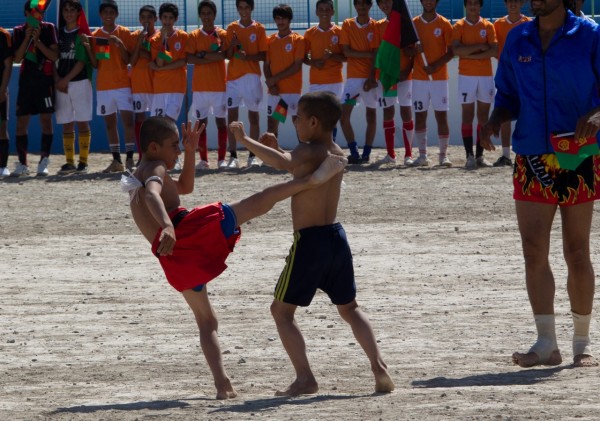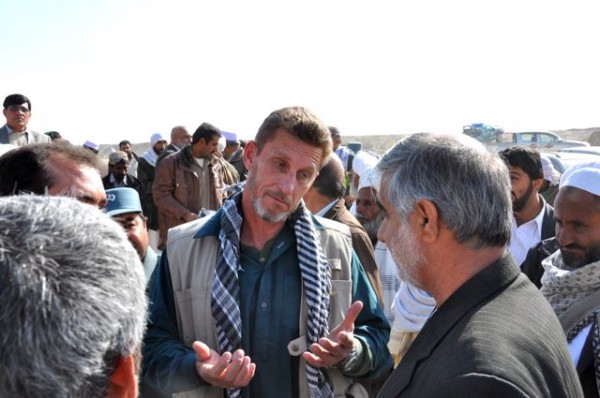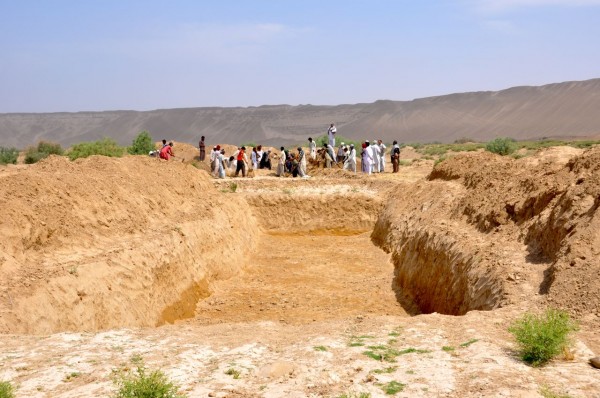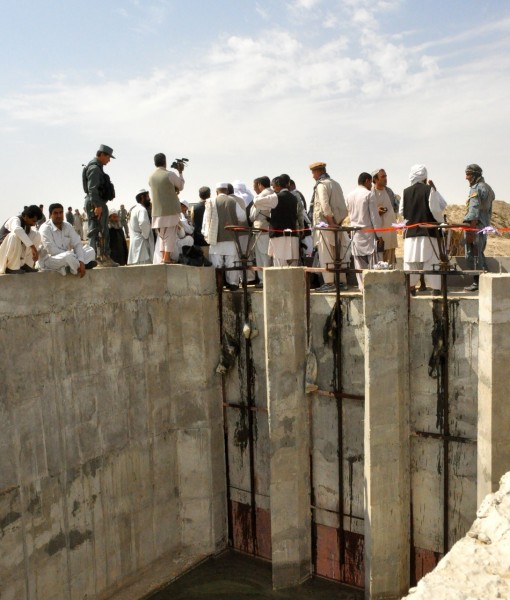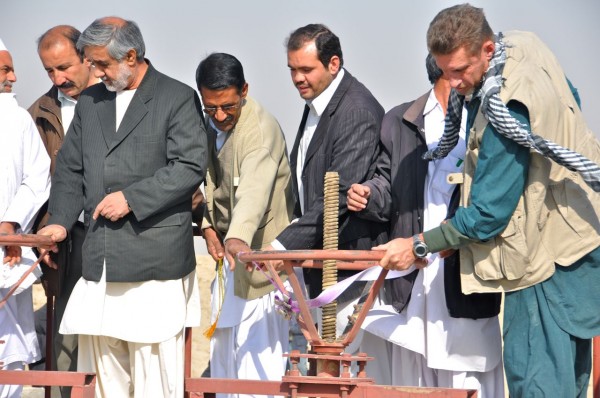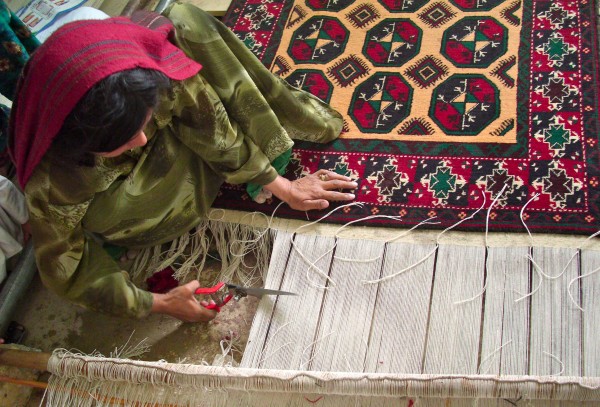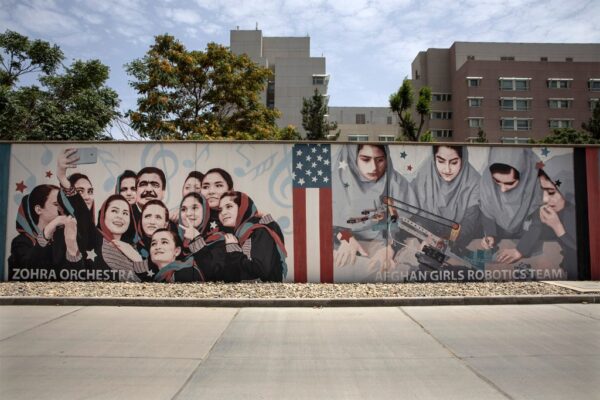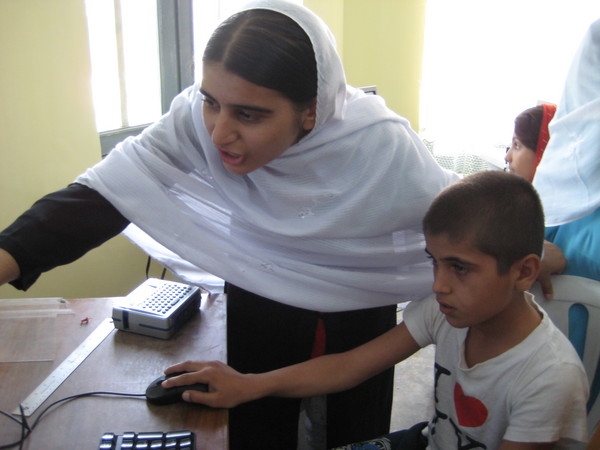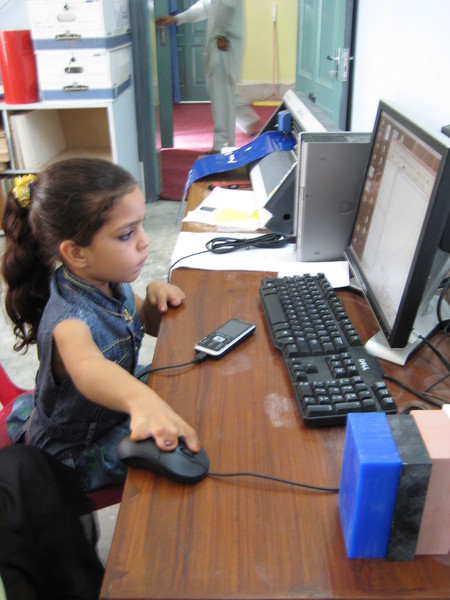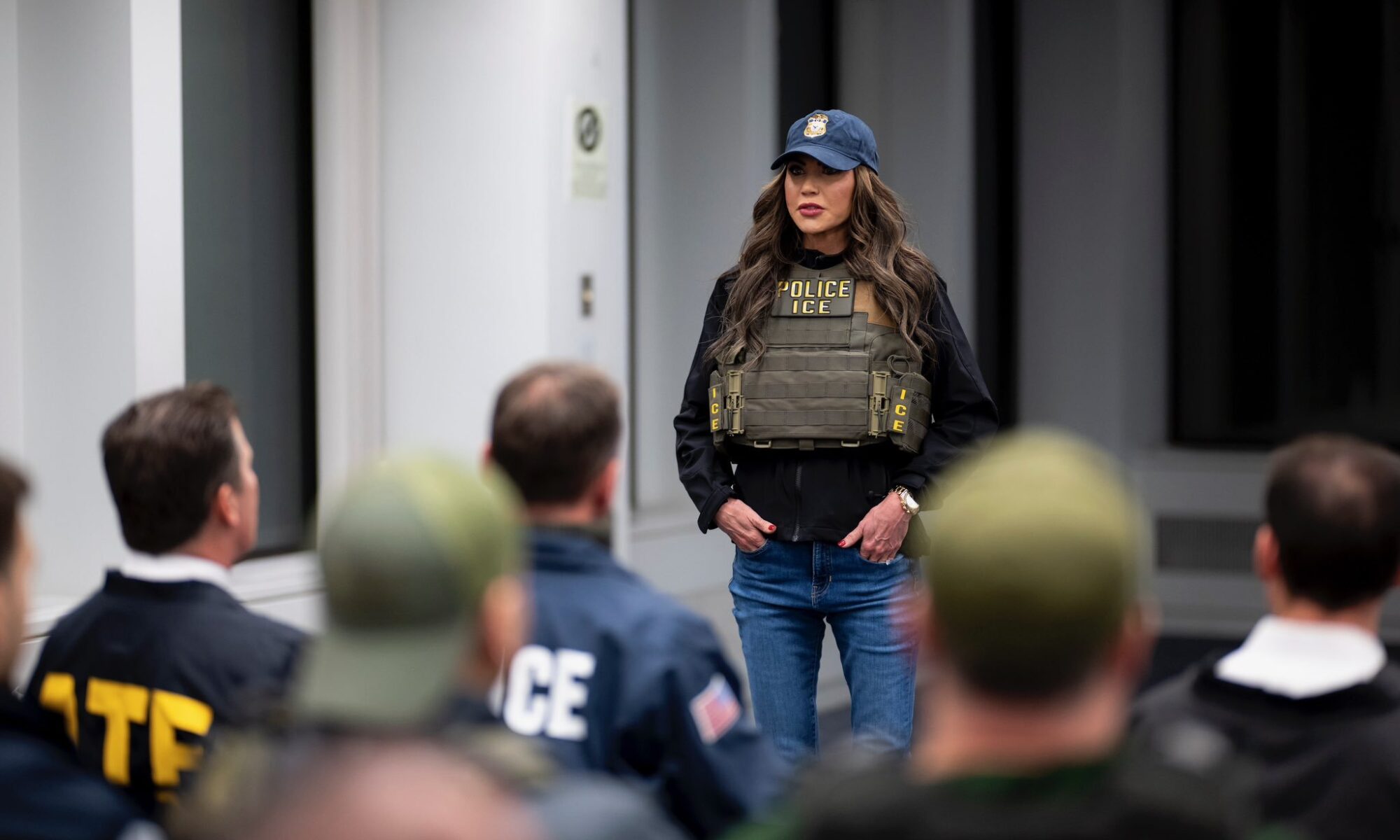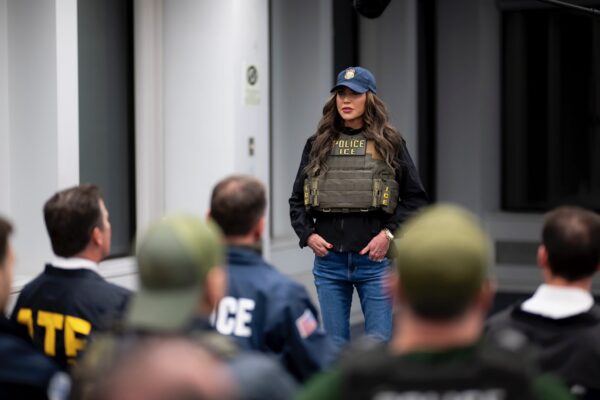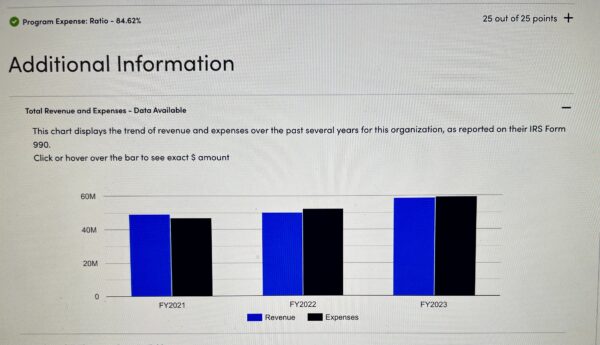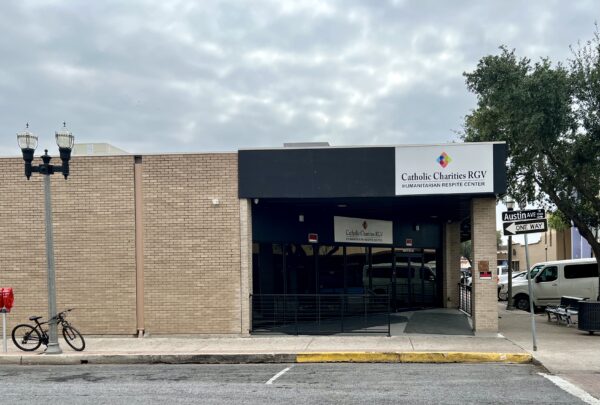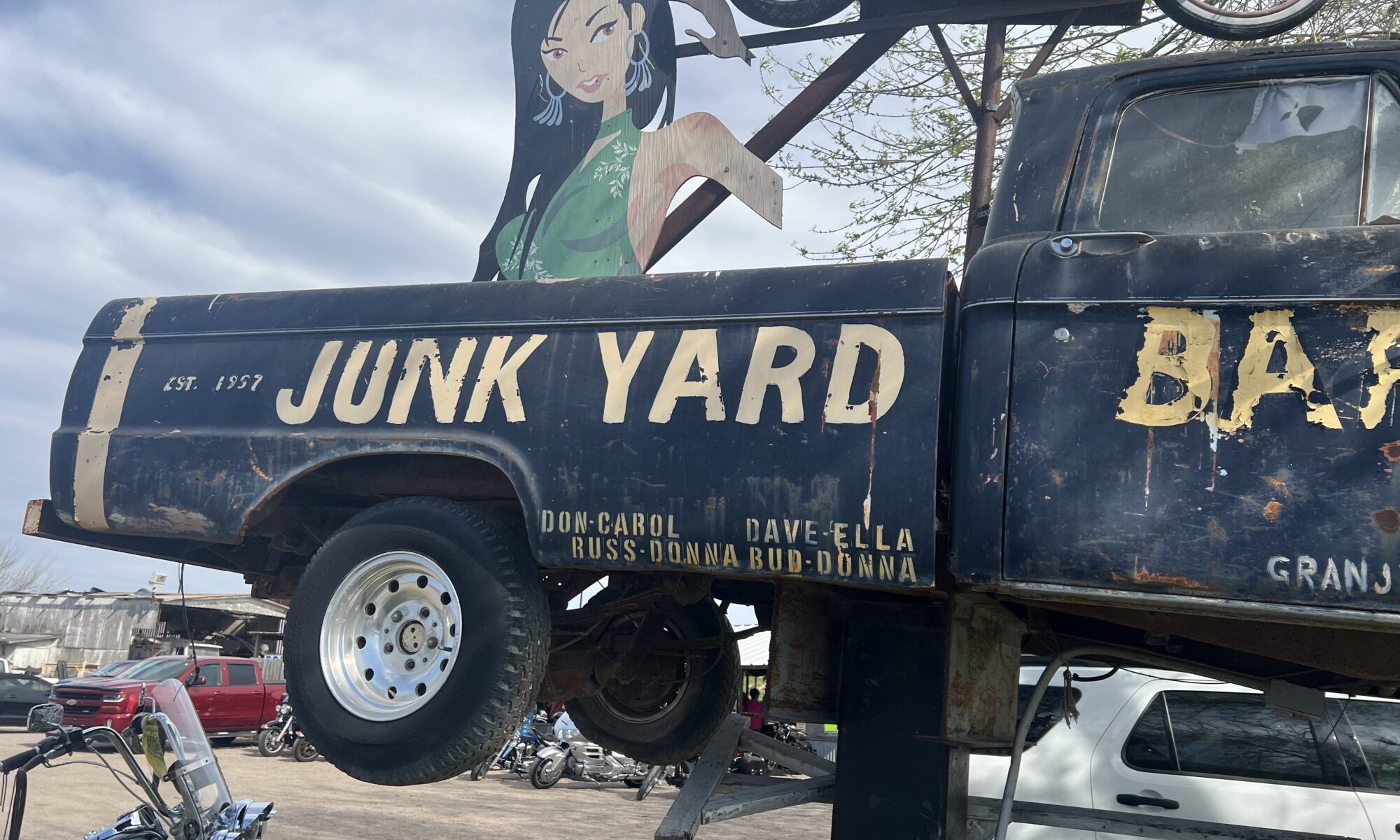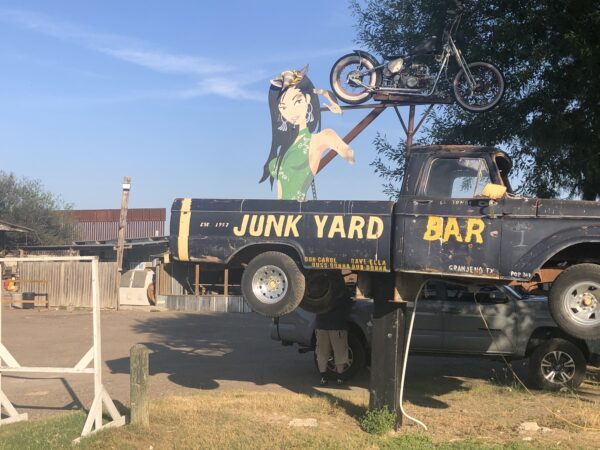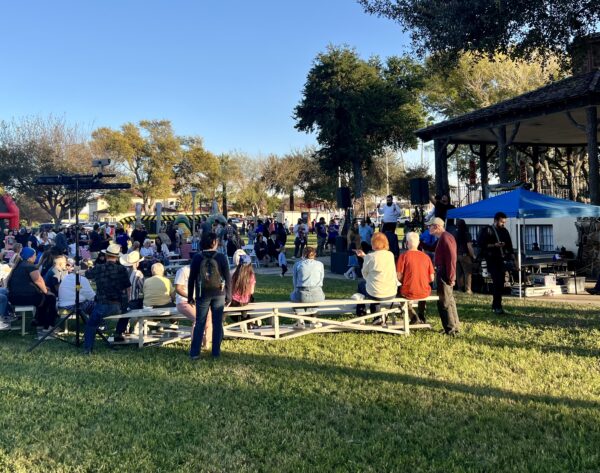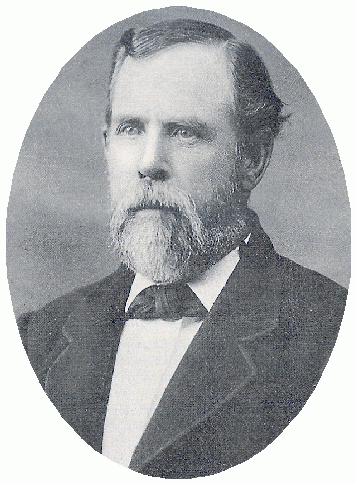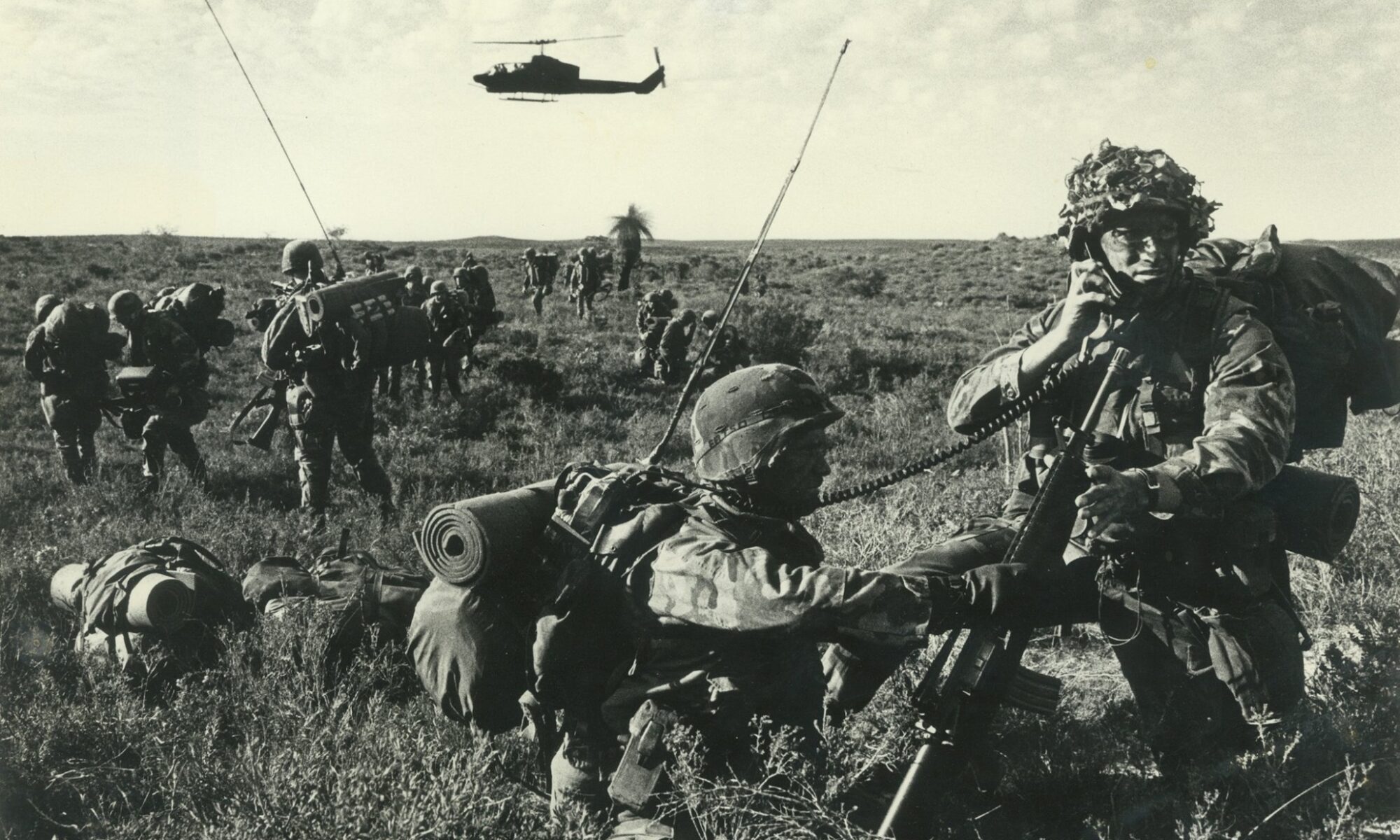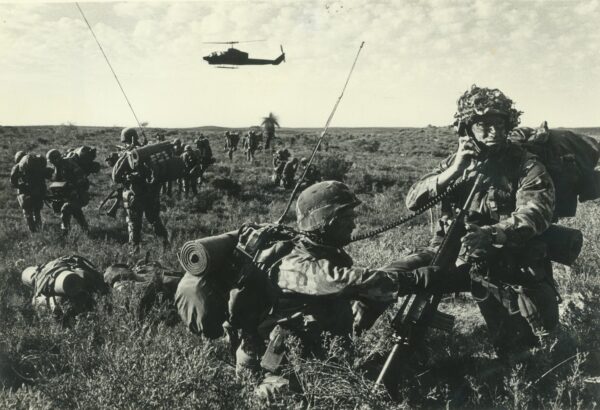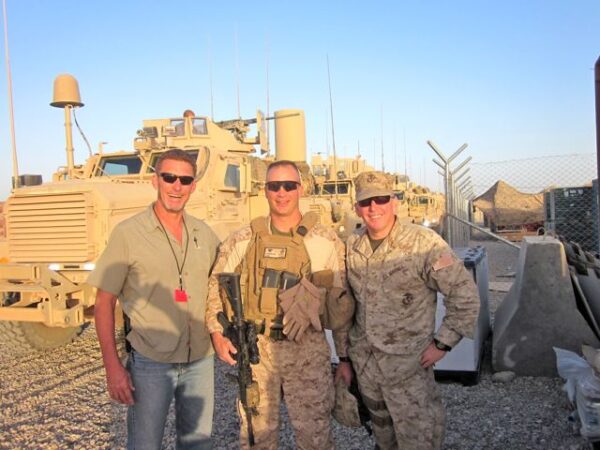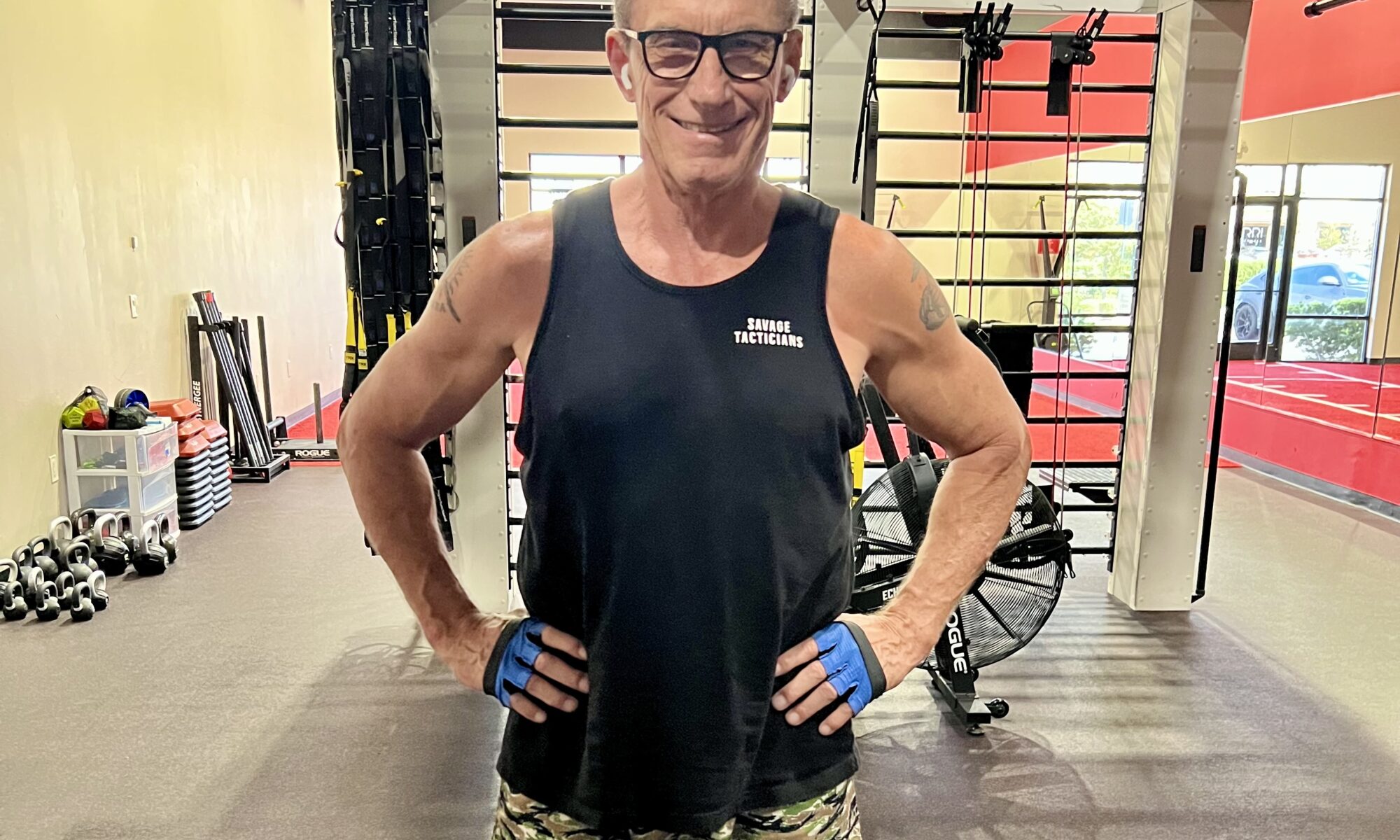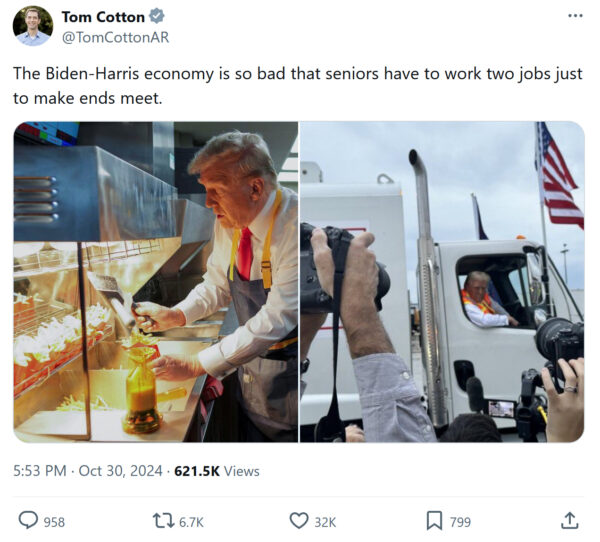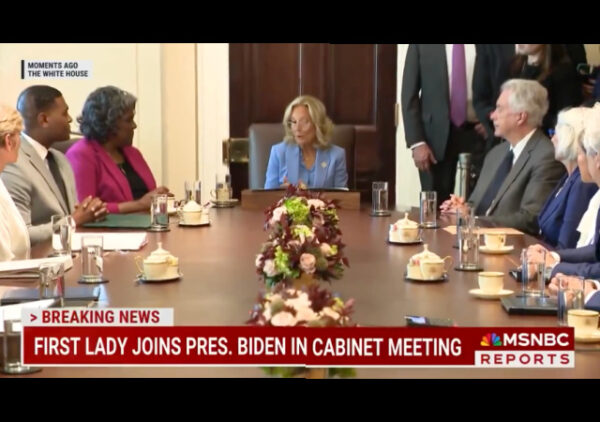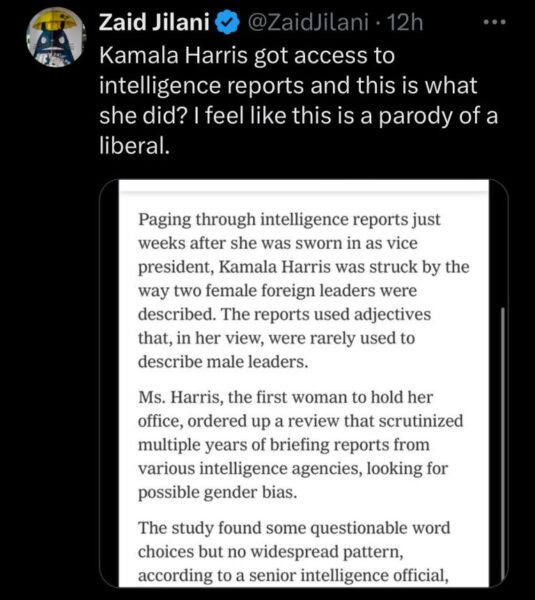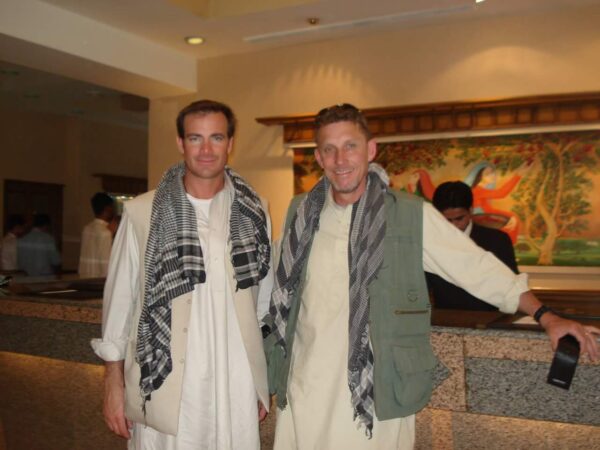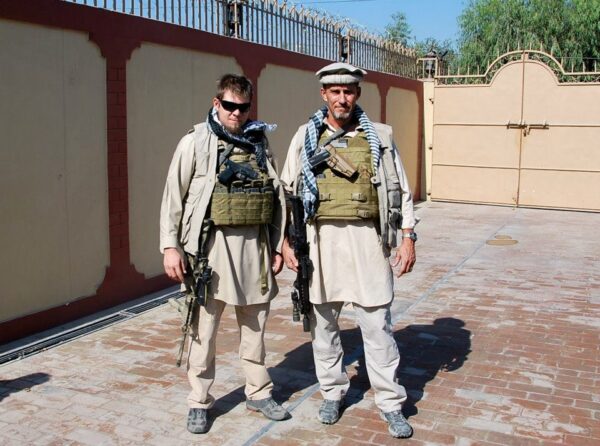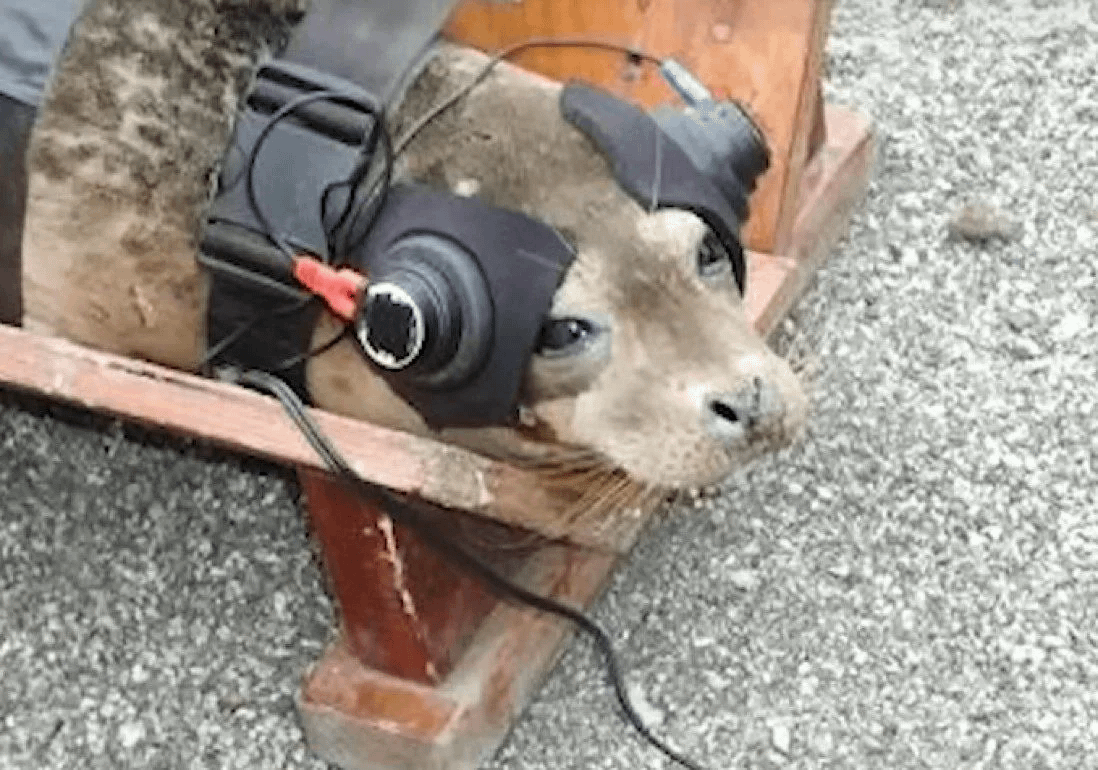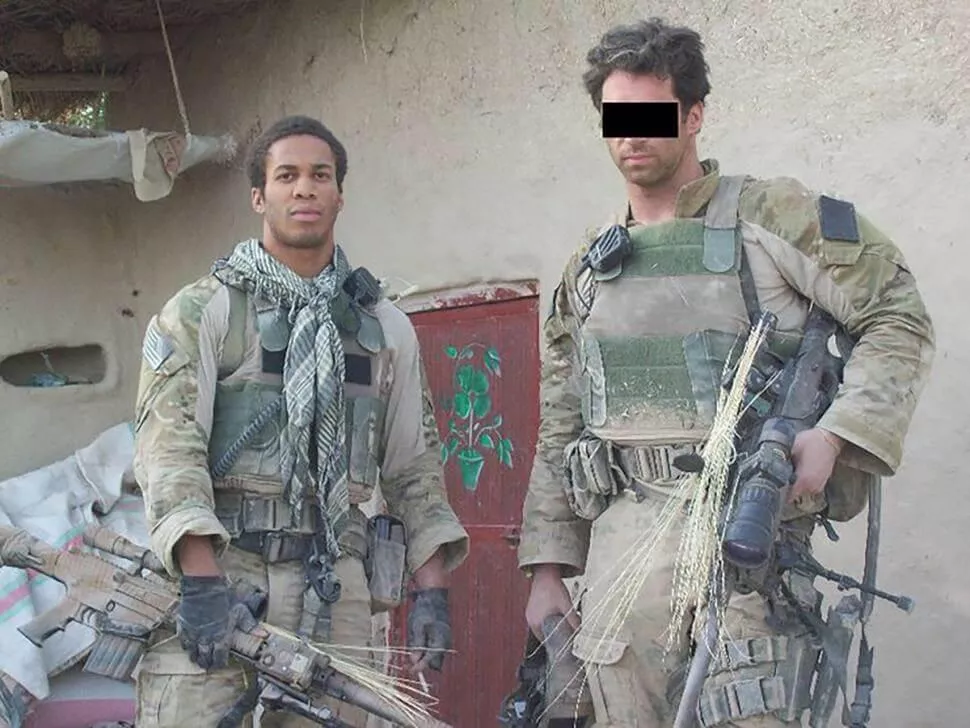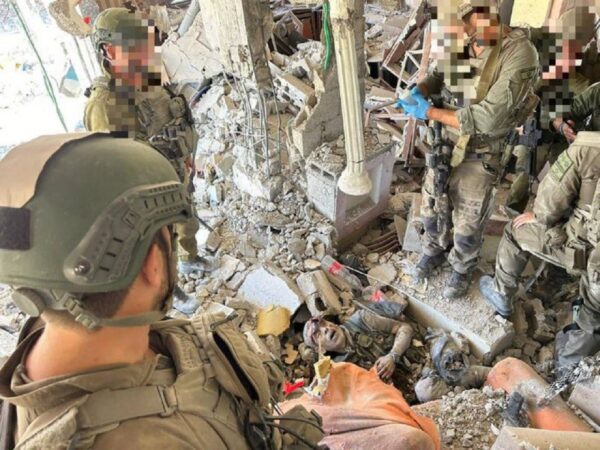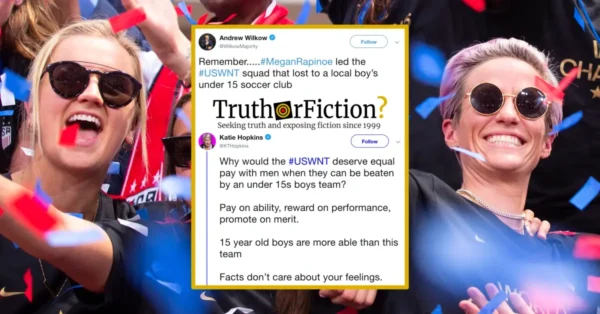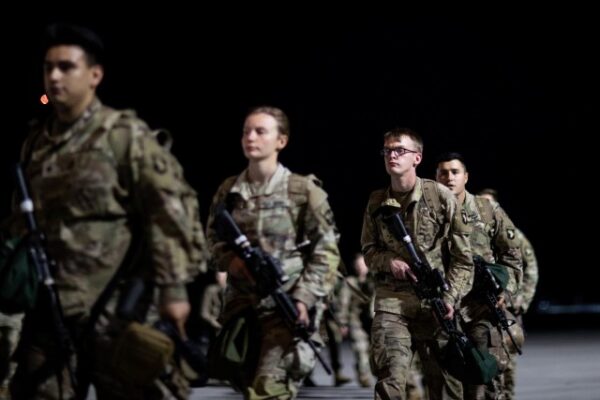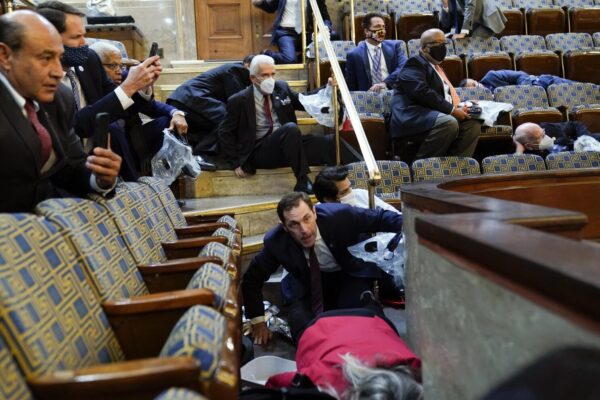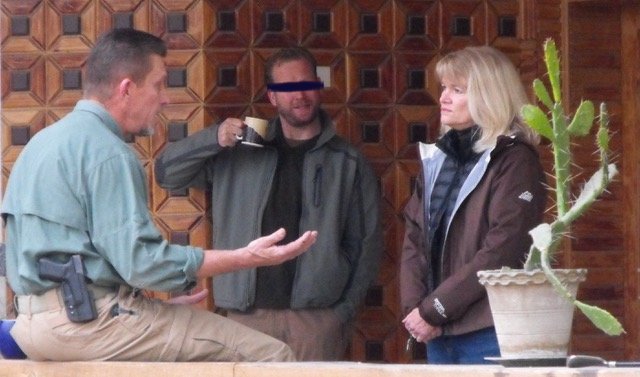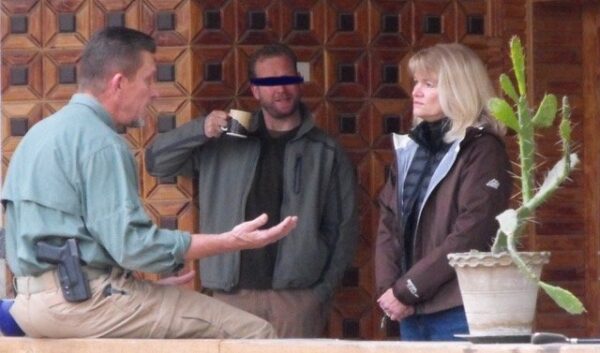February started with a number of anti-immigration protests breaking out across the country. “People are feeling galvanized,” gushed USA Today as they tried to paint the anti-Trump protests as organic, spontaneous demonstrations of popular outrage. The protests in Los Angeles, Seattle, Austin, and Washington D.C. were supported by open-border NGOs like the Party for Socialism and Liberation, and We Fight Back. They are progressive leftist fringe groups who contend society can only survive by ending capitalism. American billionaires like Neville Roy Singham fund these organizations to protect us from the excesses of other American billionaires like Elon Musk. How this envy of Elon shifted into open border advocacy is hazy. Regardless Roy Singham is pissed off and has paid millions of dollars to various progressive protest organizations to get the rest of us pissed off too.
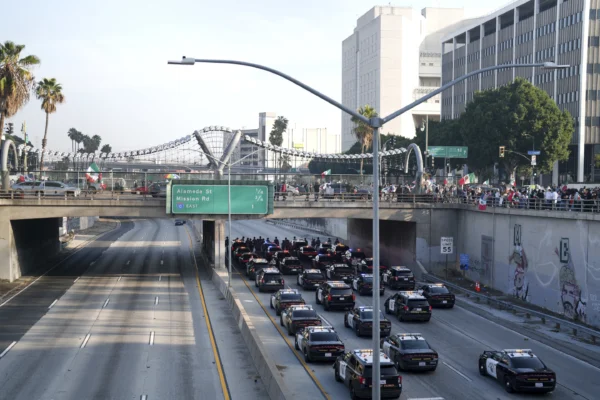
Even McAllen, Texas, had a Saturday night anti-ICE protest on February 1st that attracted hundreds of mostly young locals. Unlike the protests in big blue cities, the McAllen protestors were peaceful and friendly. Mostly, they drove up and down 10th Street waving Mexican flags and honking their horns, which is what most of them do on a Saturday night anyway (minus the flags). When I was their age, we would have headed over the Anzalduas Bridge into Reynosa to party once we were done cruising 10th Street, but the kids these days . . . not so much. In fact, it’s safe to assume most of them never venture into Mexico because it’s too dangerous.

This past Wednesday, RGV Truth live-streamed another spontaneous anti-Ice protest down the road at the Westlico Premium Outlet Mall. Judging from the video, it looked more like a car show with a little swap meet on the side than a protest. But there were plenty of young folks flying Mexican flags from the beds of late-model customized pickup trucks that they would never drive across the Mexican border for obvious reasons. But we don’t talk about that in the RGV because it’s not polite. As we headed into another weekend of action, the mood was tense, with some shadowy miscreants calling for a Saturday night protest next door in the hamlet of Pharr.

Pharr, Texas, was famous for a riot on Cage Street on February 6th, 1971. Back then, the street was lined with bars, cantinas, and barber shops that catered to the local Mexican American population. The police station is also on Cage Street, and on the 6th of February, some local women gathered there to protest the arrest of one of their kids. Back then, the Pharr police and fire departments were staffed with white dudes, and they hosed down the protestors with a firehose, causing the bars and cantinas to empty out. When the local men confronted the cops, they opened fire with live ammunition, killing a local barber.
The Pharr Riots were a big deal in the 1970s; even back then, shooting live ammunition into a crowd of aggravated citizens was considered way out of line. Just a few years earlier, Texas Rangers Alfred Allee and Jacquin Jackson responded to a hostage situation at the Maverick County Courthouse in Eagle Pass by methodically taking the third-floor jail area apart with Browning Automatic Rifles until the hostage takers begged them to stop shooting. That was considered solid police work at the time, but not shooting a barber protesting the use of fire hoses on the local citizens.

With that kind of history, how could the local open-border NGOs go wrong staging the Pharr II Riots? Every Latino Studies graduate in the nation knows that the United States is systemically racist, so the oppression of brown native-born people by The Man in Pharr, Texas, has not changed in 54 years! Only everything in Pharr, Texas, has changed in the past 54 years, starting with trigger-happy white dudes on the police force.
The majority Hispanic population now runs Pharr and every other municipality in the Rio Grande Valley. And these aren’t catty punk-ass Hispanics like the councilwoman from LA caught bad-mouthing the blacks. These are legit civic leaders – the mayor of Pharr is a perfect example. Dr. Ambrosio “Amos” Hernandez is a pediatric surgeon and a principal investor in Doctors Hospital Renaissance (DHR), a massive doctors-owned hospital system with curious funding mechanisms that we don’t talk about in the Valley because that too is considered impolite. Recently, Doctor Hernandez headed the initiative to open a massive branch of the Driscoll Children’s Hospital on the DHR Edinburg campus. DHR is three miles away from the giant South Texas Health Systems Children’s Hospital. You might think that there are a lot of children’s hospitals in a geographically remote border area, but that’s another topic that polite people don’t talk about in the Valley. We have great weather and would rather talk about that.

Dr. Hernandez is also an accomplished businessman who raised enough investment capital to address the obesity epidemic plaguing the citizens of Phar, with a three-story air-conditioned driving range. The mayor also spearheaded the effort to transform the spot of the 1971 Pharr Riot into a food truck park called The Hub.
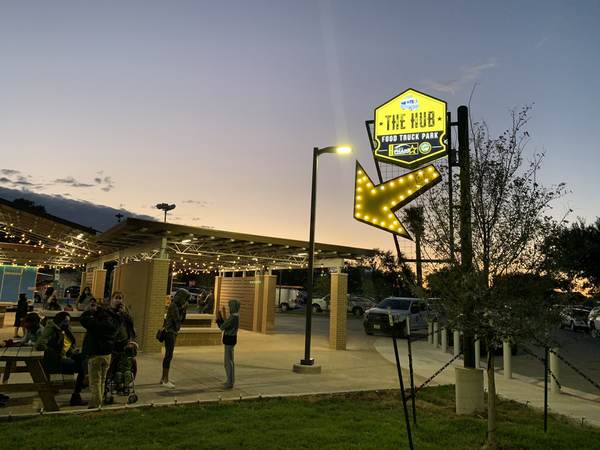
Saturday evening was beautiful in Pharr, with a glorious sunset and perfect weather for a protest centered on The Hub. However, the venue was empty—no protestors, food trucks, or anything. Top Golf probably attracted a bigger crowd, but that isn’t a sure bet, as it never seems busy.
This brings up another topic we don’t talk about much down here: federal HSI designation. Hispanic Serving Institutions (HSI) were eligible (during previous administrations) for multiple streams of federal grant monies. Every school district, hospital system, and municipality in the RGV anticipated unimpeded access to federal HSI grants in perpetuity, but that now appears to be in doubt. The loss of federal grant monies combined with increased scrutiny into the origins of Mexican investment capital would have a catastrophic impact on the current economic development.

Pharr wasn’t the only scheduled protest with no protestors – of the 40 cities targeted by the Weekend of Action, only a handful had actual protests. The crowd in Austin was sparse, as was the crowd in Colorado Springs, and those were the only protests I could find in the news. I suspect it takes a lot of walking around money to generate a proper outrage mob, and apparently, that money has disappeared from the open-border NGOs. There is no organic support for a wide-open southern border, nor do rational people consider the abuse inflicted on illegal immigrants by human traffickers acceptable.
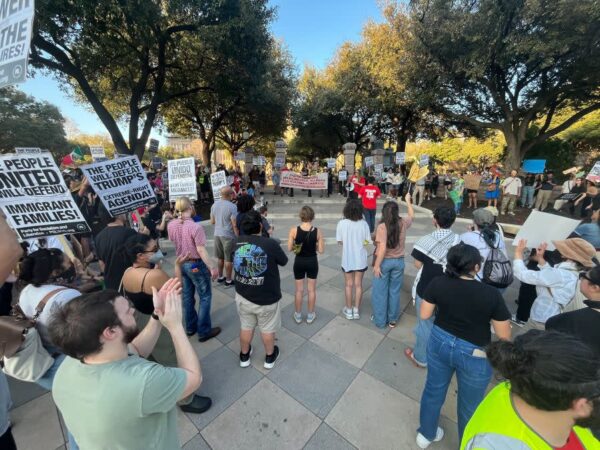
The United States is poised for significant change in how the federal government interacts with its citizens and state governments. In places that have benefited from the transfer of American jobs to the third world (like the Rio Grande Valley), change means the end of easy federal dollars subsidizing wealthy real estate speculators. The reaction of local power brokers to the new administration was summed up by this statement from McAllen Police Chief Victor Rodriguez.
“The McAllen Police Department has in the past and does so today deem immigration matters to be a federal jurisdictional responsibility, and as such, we do not engage in immigration enforcement activities.”
That is total bullshit. The McAllen police deemed immigration a problem when the FJB administration started releasing thousands of illegal migrants into the city back in 2021. President Trump easily won the popular vote in the Rio Grande Valley but not the votes of the entrenched Hispanic elites who run this valley. Now they are lying low, waiting to see how badly designating Mexican cartels as terrorist organizations hurts the flow of investment capital and bribe money flooding the border area from the narco-terrorist state next door. In that respect, the RGV is the canary in the coal mine when it comes to taking control of our Southern Border away from the cartels. If the Trump Administration is serious about stopping both cartel trafficking and fraudulent government disbursements, there are a bunch of powerful people in this valley who are about to face the grim prospect of federal prosecution for fraud and/or aiding and abetting terrorism.



